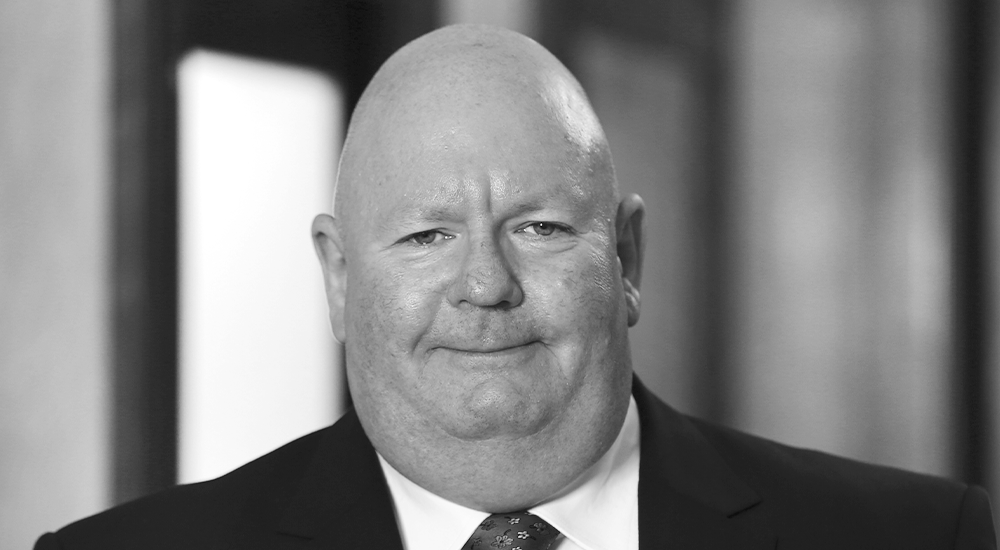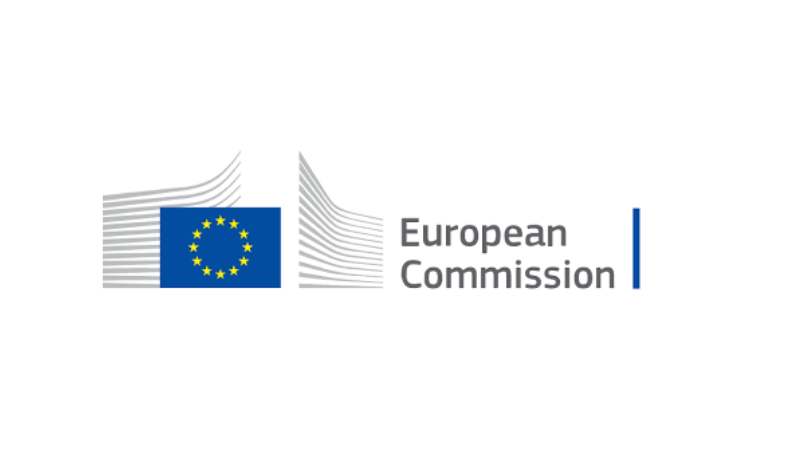I was recently asked if the Sustainable Finance Disclosure Regulation (SFDR) and the respective definitions and classifications within the EU Taxonomy are the gold standards for sustainable investing which should be used as a blueprint for global regulations. My answer to this question was no.
Despite the fact SFDR and the respective reporting duties under MiFID II are a good starting point, there are still too many blind spots within the regulations which leave too much room for interpretation and may therefore lead to greenwashing.
This is especially true for the definitions for the eligibility of products to be classified as Article 8 funds. Nevertheless, the reporting requirements will help to clarify if a fund will meet the sustainable objectives of the investors. It may have been helpful if all the regulations were brought in place at the same time as this would have added much more clarity.
I also believe that EU regulators will improve the standards and reporting duties of SFDR and MiFID over time as the taxonomy is still not complete as it currently focuses only on ‘E’ while the ‘S’ and the ‘G’ are still lacking definitions and standards. I assume regulators in the EU will learn from their own observations, as well as their international peers who are also working on respective regulations and frameworks for their local asset management industries.
That said, the EU Parliament’s decision to classify the usage of natural gas and nuclear power as sustainable bridging technologies shows there is much room for improvement as this decision was rather a political compromise to reach the majority needed than an investor-oriented decision.
Even as there were loud protests by investors, the media and even some EU governments when the draft for this decision was published, there was literally no uproar when the official vote confirmed this controversial legislation this week.
Either the opposite was the case, as some asset managers claimed directly after the decision was made by the EU parliament that they will not add gas and nuclear power to their list of sustainable economic activities. This means asset managers do already react to the customer demand and try to separate themselves from their competition by implementing stricter rules for their portfolios than needed to fulfil the respective regulations.
This is the functioning of competition driving changes within an industry as a wide regulation leaves the decision of what is considered as sustainable to the asset managers and investors can decide which fund and/or approach suits their needs best.
But investors can only make educated decisions if asset managers must present their investment approach in a comparable way. This means regulators need to look at the marketing language and align reporting standards around the world. This alignment may take a bit of time, as it does not only concern the financial industry since asset managers will need a high amount of data from the corporations they are investing in and have to calculate ratios and other measures.
Therefore, regulators need to agree on global reporting and data standards to enable asset managers to produce standardised reports, which investors will use to compare one fund with another.
The EU taxonomy and SFDR in combination with MiFID II might be a good starting point for this but I am sure that these regulations will see some adoptions from other jurisdictions, as this would help the European Commission achieve its goals.
Detlef Glow is head of Lipper EMEA research at Refinitiv, an LSEG business
Related articles




